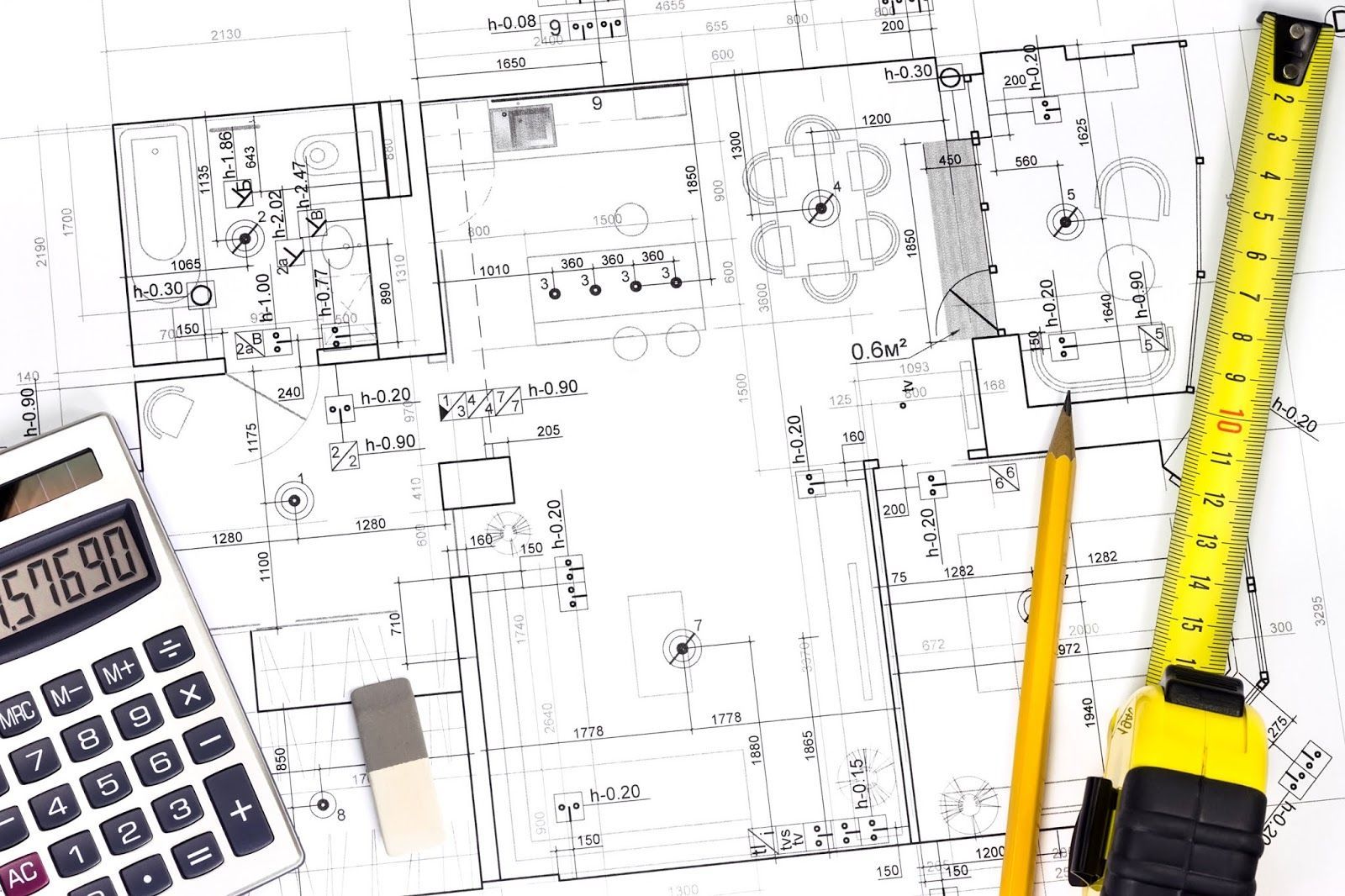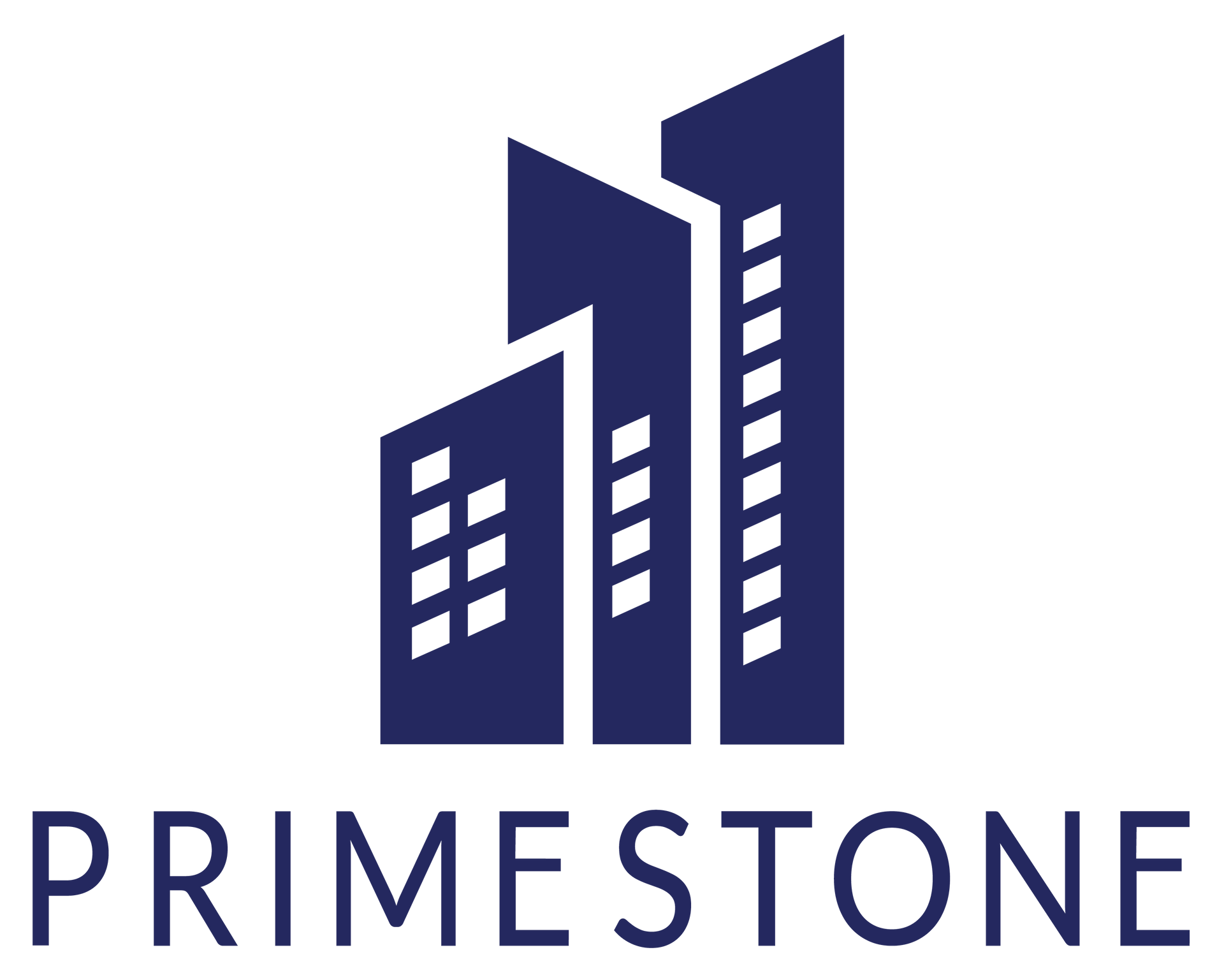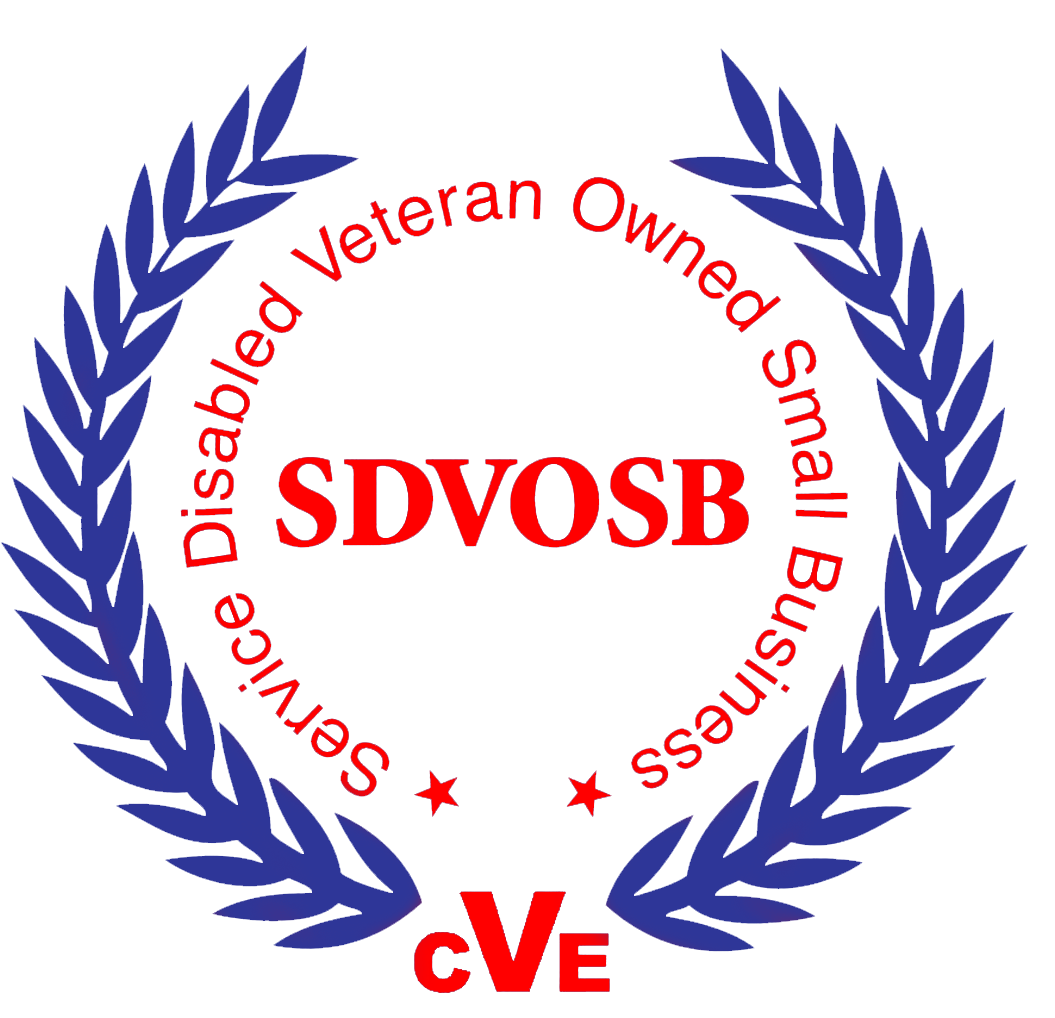Welcome to the Team - Leika Wirt
Meet the Team - Introducing Leika Wirt, Senior Marketing Director at The Primestone Group

With 20 years of experience in the construction industry, Leika has a deep passion for seeing projects evolve from concept to completion. Her expertise in marketing within the AEC sector, combined with her ability to network and create impactful collateral, makes her an invaluable addition to our team here at TPG.
🎤 We asked Leika a few questions to get to know her better:
🔹 Q:
As a woman in construction, what are the biggest challenges you’ve faced in your career, and how have you overcome them?
"The biggest challenge I have faced in my career is that people sometimes assumed I lacked technical knowledge, which led me to doubt my own capabilities. I overcame this doubt by seeking help from my mentor (she's amazing!), who played a significant role in building my confidence. My mentor was an essential part of my journey to TPG."
🔹 Q: What’s one marketing strategy or tool for construction that you wish more firms understood or took advantage of?
"Data! Data is knowledge, and knowledge is the key to gaining clients and, ultimately, more work!"
🔹 Q:
What’s one surprising thing about you that most people don’t know and might be shocked to learn about you ?
"I grew up overseas. I was born in Bulgaria and lived in Myanmar for several years. My favorite family trips consisted of hopping from Myanmar to Bangkok and Singapore."
